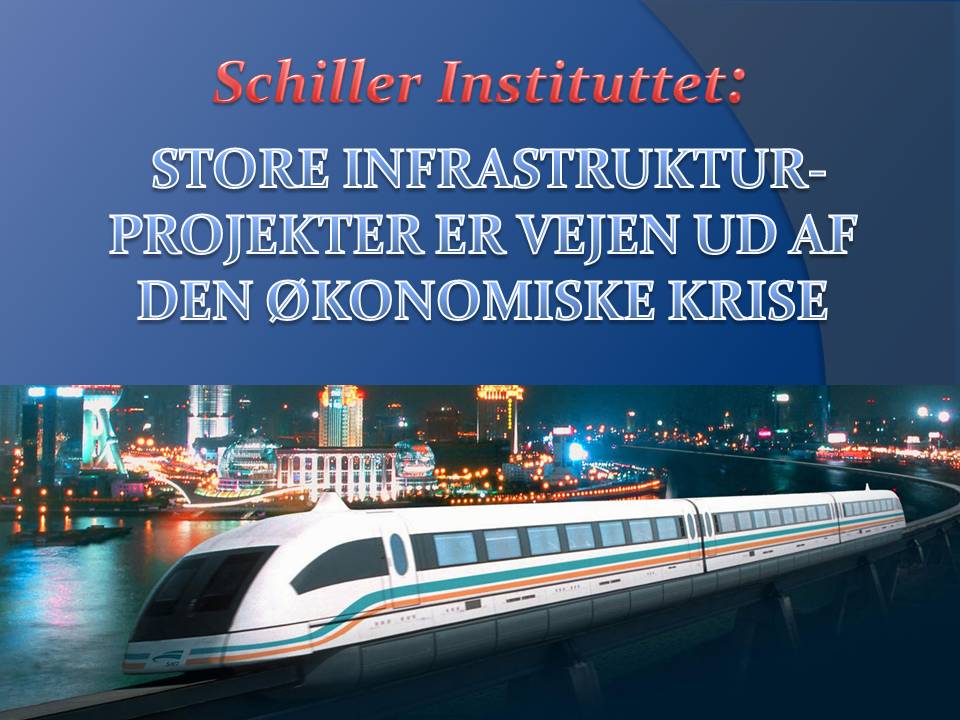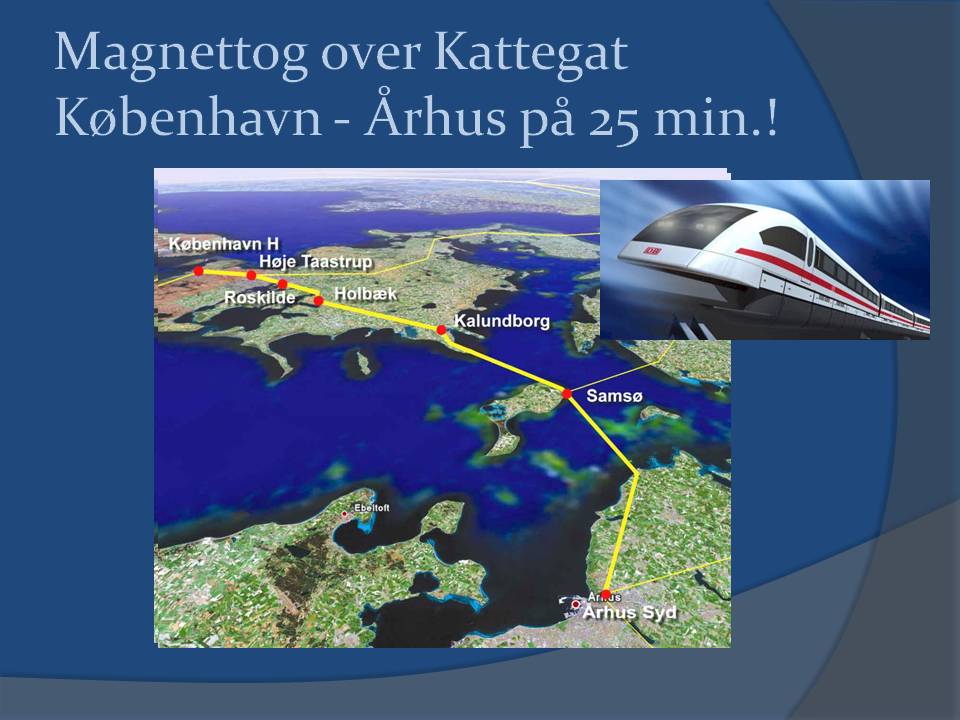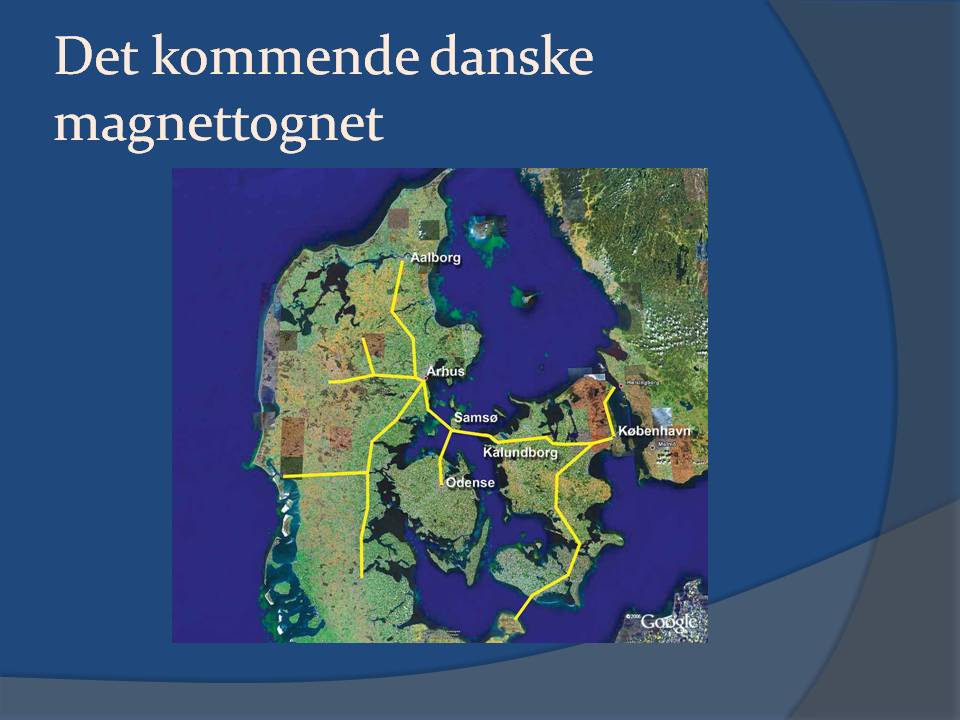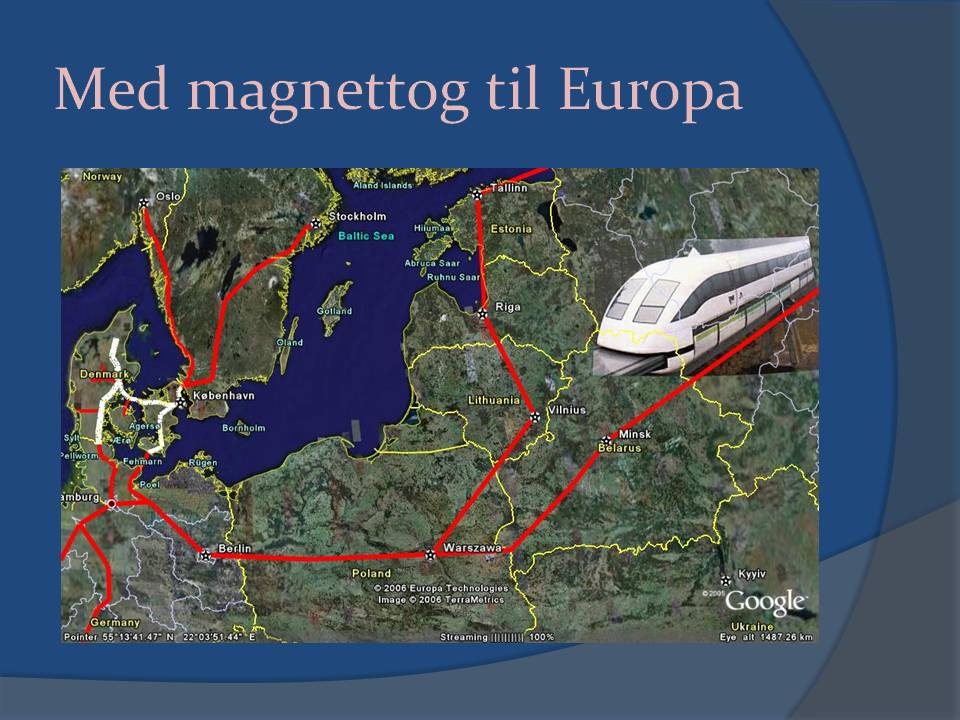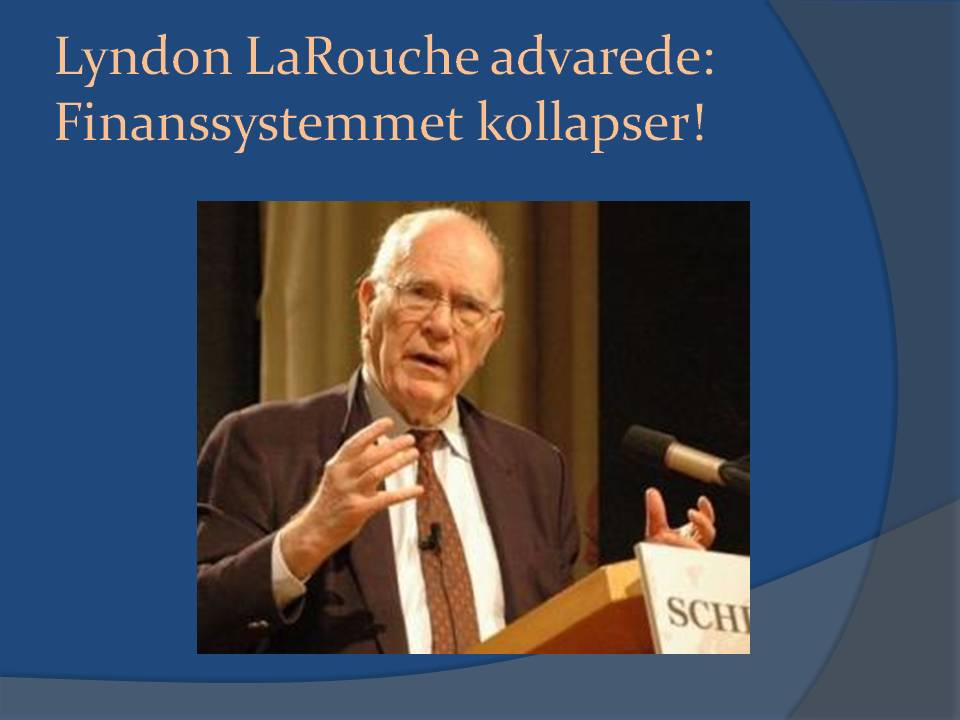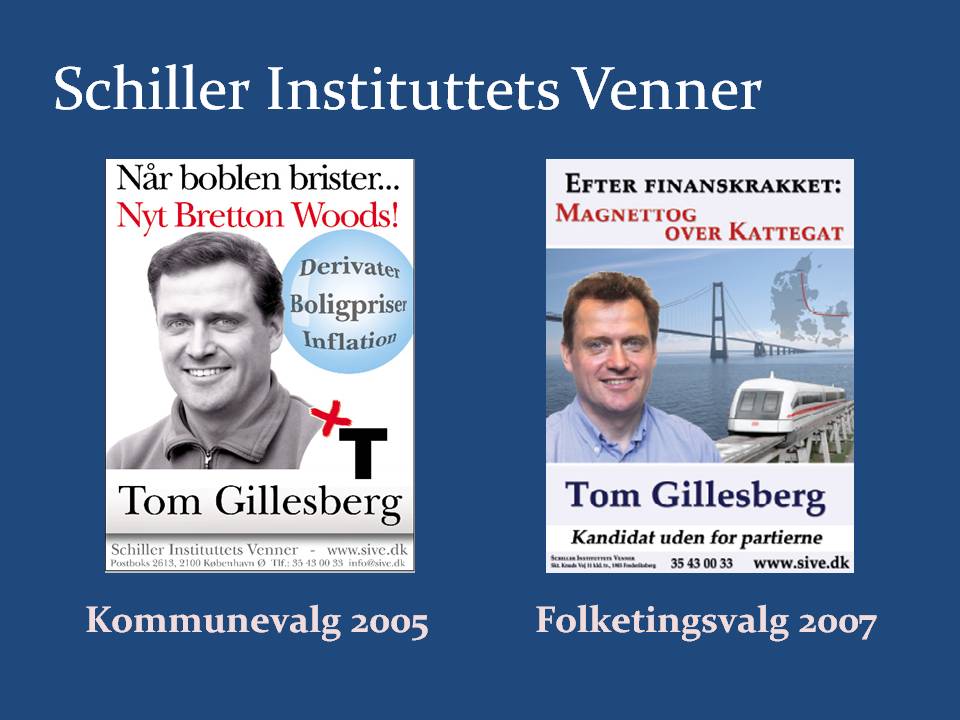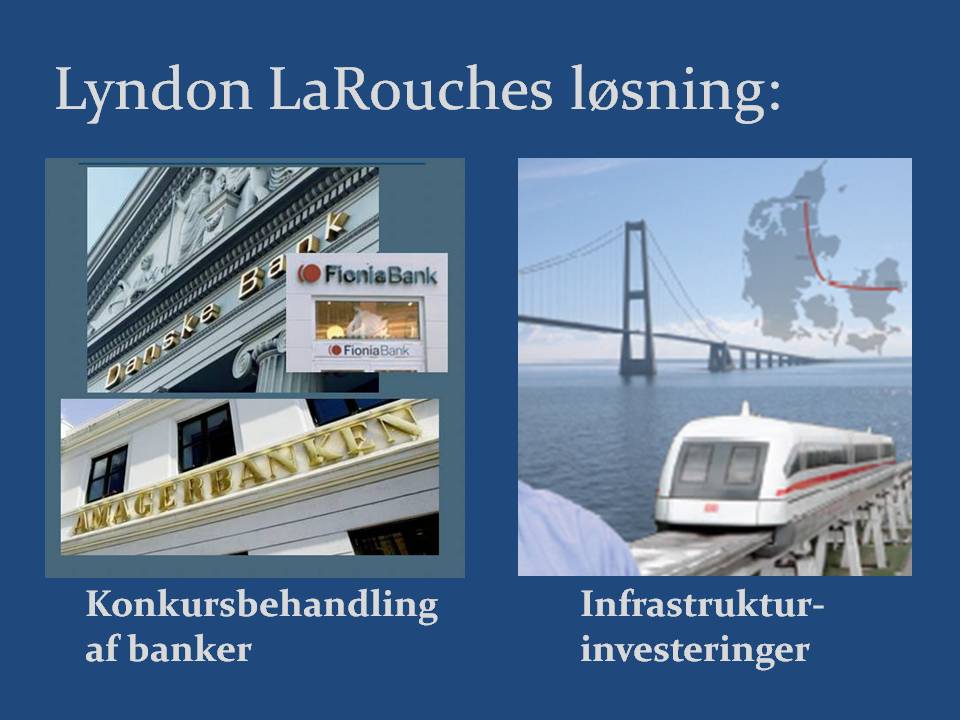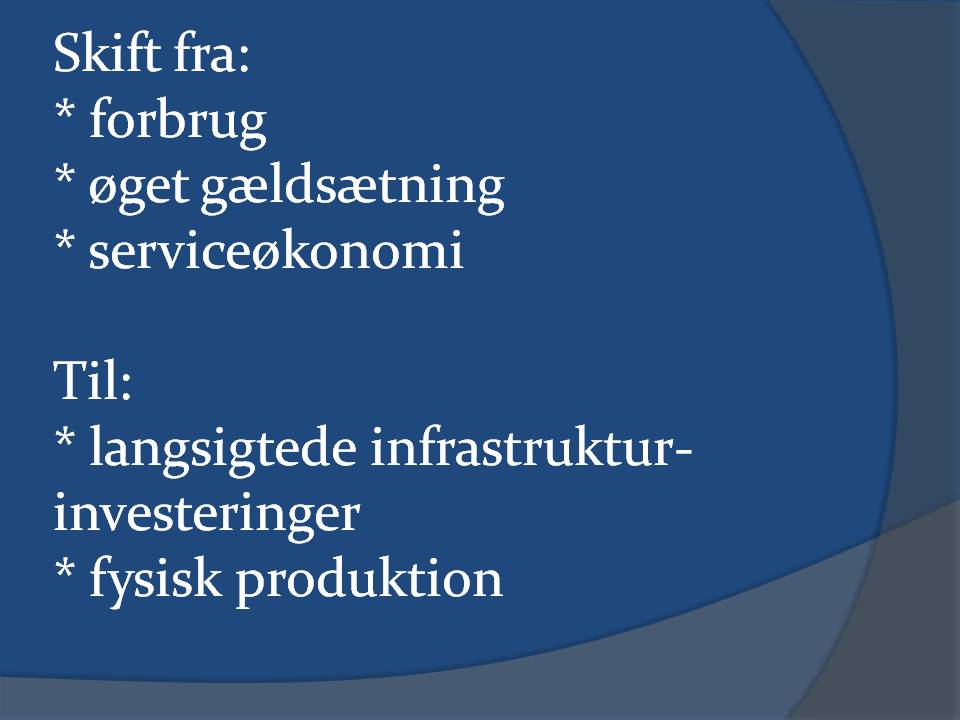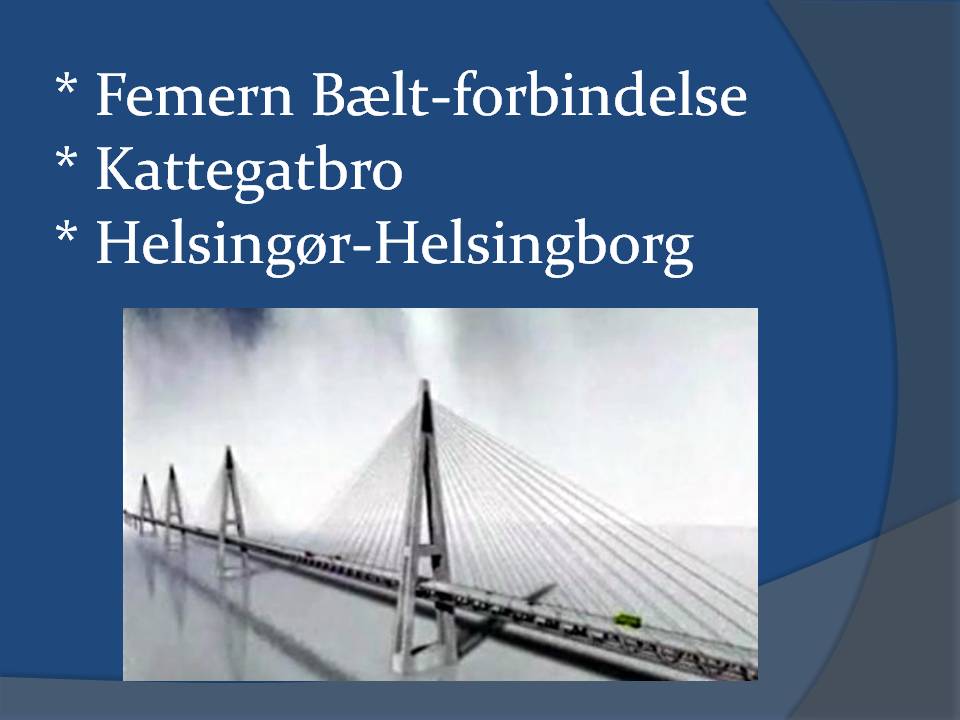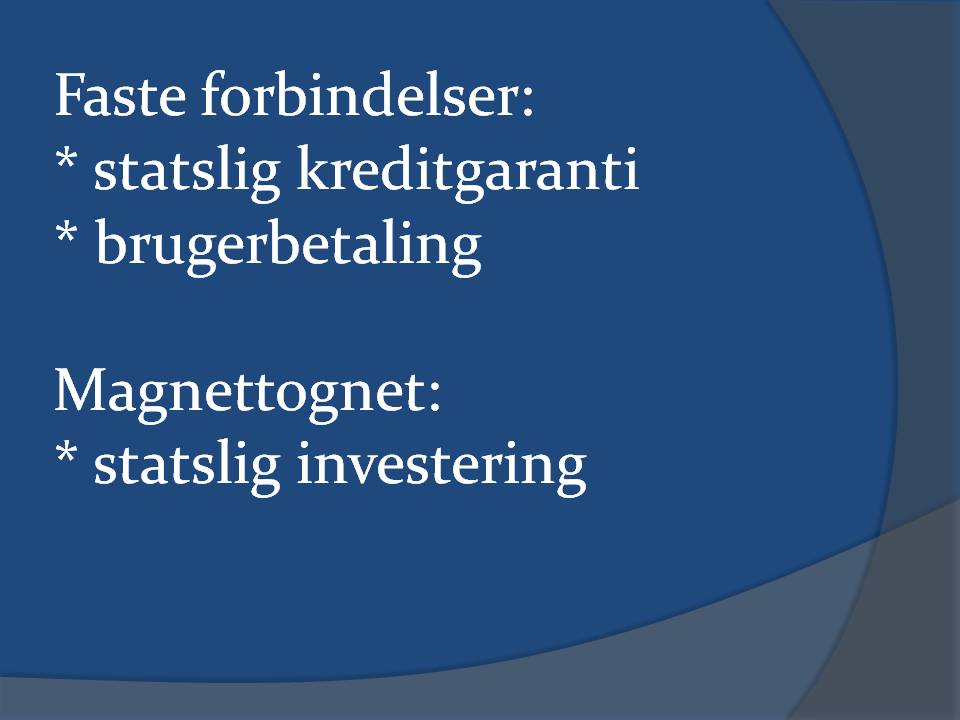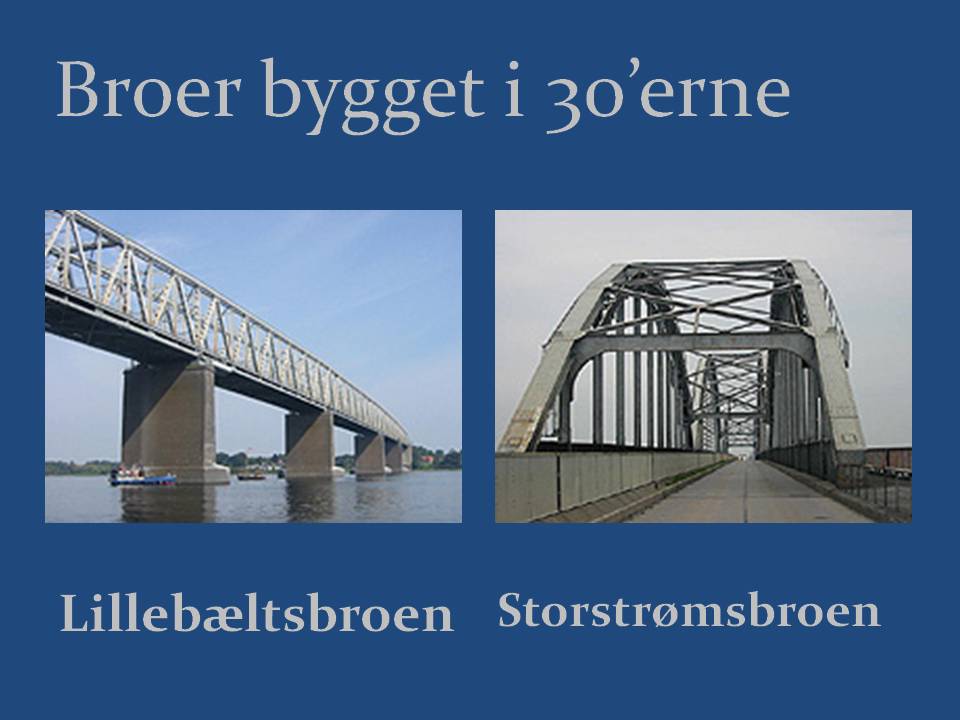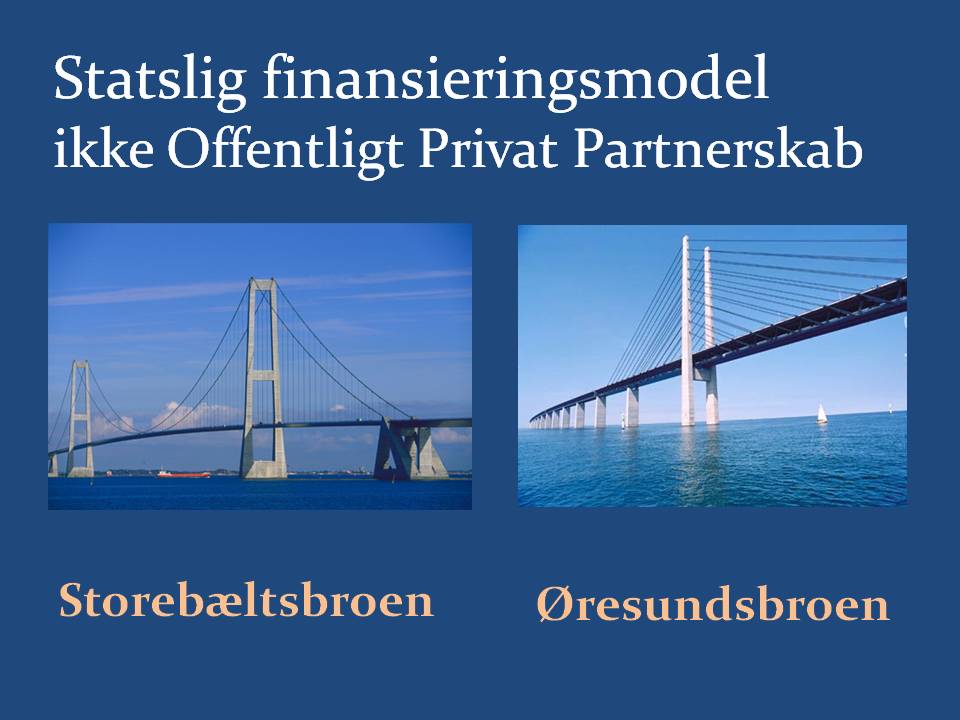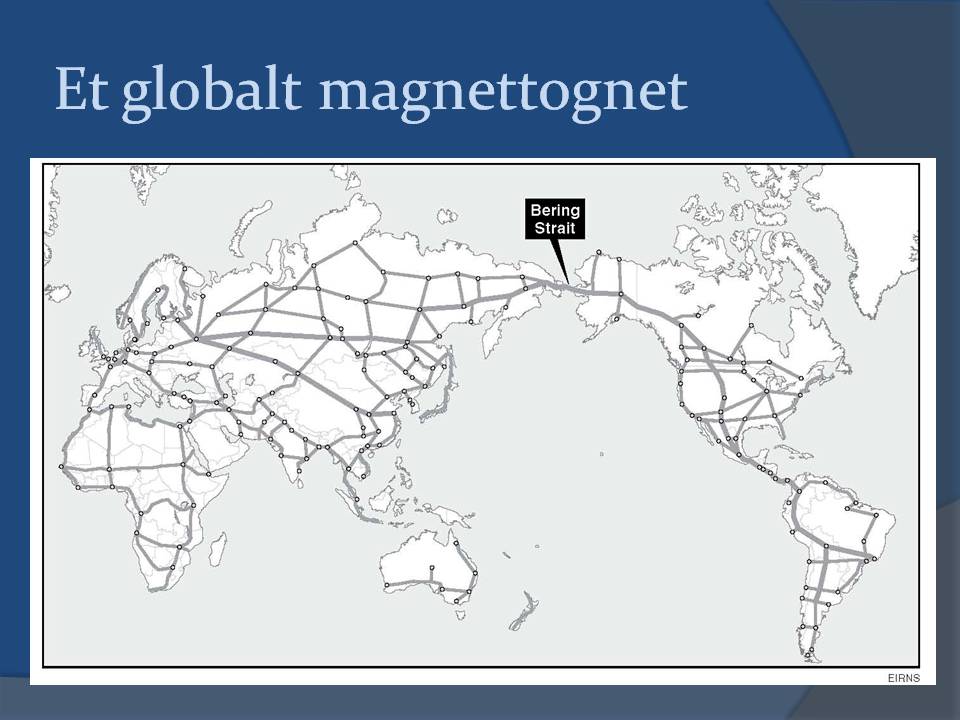|
The Schiller
Institute's testimony before the COPENHAGEN, April 2, 2009 -- Today, the chairman of the Schiller Institute in Denmark, Tom Gillesberg, testified before the Danish parliament's Transportation Committee on "Great Infrastructure Projects Are the Way Out of the Economic Crisis," focussing on Lyndon LaRouche's program to replace bank bail-outs with massive infrastructure investment -- and in Denmark, especially by building bridges and a national maglev net. See the full text below. Seven members of the Folketing (parliament) attended, from several political parties, with a lively, short, discussion after Gillesberg's speech. The text in Danish is available at: www.schillerinstitut.dk/folketinget020409.html
1. The new member, from the right-wing Dansk Folkeparti (Danish People's Party): Your views are like those of the (far-left) Unity Party (against bailing out speculators). That was a lecture better given in the Finance Committee. What will your project cost? (He was promised the material that we had previously presented to the committee.) 2. A Social Democrat asked: Since you were last here, have there been any decisions to build maglev in Europe, or are you asking us to be the first? He also asked about our model for financing the new Kattegat Bridge. Tom spoke about the Japanese decision to build their own maglev from Tokyo to Osaka, and that the Obama Administration had put money aside for experimental maglev projects. 3. From a member of Venstre, the leading government party: That was a fiery election speech, which I almost got carried away by, which is mostly outside of this committee's purview. Most of us transportation politicians think that it would be great to put turbo on infrastructure development, but where will the money come from, and can you really justify ripping apart the current railroad network to replace it with maglev? Tom answered that the problem is thinking that we can't afford it. Politicians and economists have to learn more about economy. It's OK to use even DKK200 billion extra, and go into debt, if the project increases productivity. Then the debt is paid back with interest. You don't have to take money away from kindergartens. We have to have a change in thinking away from money to the creation of value, if we are not to go down with the sinking ship. He closed by referring to the G20 meeting, counterposing our program.
|
|
|
Speech by Tom Gillesberg during the Schiller Institute in Denmark’s testimony before the Danish parliament’s Transportation Committee on April 2, 2009 Hello, I am Tom Gillesberg, chairman of the Schiller Institute in Denmark. Thank you for allowing us to come. On April 12, 2007, we testified before this committee, and explained the major advantages of building a bridge across the Kattegat [the body of water between Zealand, the island upon which Copenhagen is located, and the Danish Jutland peninsula mainland], which would more directly connect Denmark's two largest cities. At the same time, we proposed that this new fixed link be built with a maglev line, and be the beginning of the construction of a national Danish maglev network. This new maglev, with a speed exceeding 500 km/h, would reduce the travel time between Copenhagen and Aarhus to 25 minutes, and Aalborg would be able to be reached in 45 minutes. Over the coming decades, we could build a complete Danish maglev network,that would bring Copenhagen within an hour's distance of all major Danish cities, and, with an extension, put the surrounding cities of Hamburg, Berlin, Stockholm and Oslo, all within an hour-and-a half of Copenhagen. At that time, the former Transportation Minister described our proposal as unusually big, and stated that it would be feasible, but unrealistic, because it would cost up to 200 billion crowns. Lyndon LaRouche warned about the crisis
We are now faced with the
biggest financial and economic crisis in modern times. This crisis came as a
shock for many, but not for the Schiller Institute. For many years, the American
economist and statesman Lyndon LaRouche has explicitly warned about the sort of
collapse we have seen since the summer of 2007, and the Schiller Institute has
repeated these warnings here in Denmark. In 2005, with the election slogan:
"When the bubble bursts ... A new Bretton Woods," and in the parliamentary
elections in autumn 2007, when I ran for office, together with three other
candidates, with the slogan: "After the Financial Crash – Maglev Across the
Kattegat.” Money which is invested in physical infrastructure is not money out the window, as in the case of the current aid packages to the insolvent banks, and bankrupt speculators. A highway, a new bridge, or even more exciting - a maglev network, which would dramatically reduce travel time, and allow public transport to compete with car and truck traffic – would be a big current outlay, but cause an increase in the future productivity of the whole economy, and, therefore, subsequently recoup the costs with a large multiplication factor. As in the case of the original construction of the railways and roads, or after the opening of the Great Belt Bridge. The Danish economy does not need stimulation through tax cuts or paying out forced pension savings, which would only continue the rising consumption of the past decades, based on growing indebtedness, resulting in a growing service sector, but it requires the positive economic effects arising from investment in fundamental economic infrastructure. The question is not how little we can get away with spending on infrastructure - which has been the attitude of the current government during the past eight years - but how much money we sensibly can invest. It’s great that the Fehmarn Belt connection will, at long last, begin in 2012, but we must initiate much more, much faster, if we want to avoid a total collapse of the Danish economy, with sky-high unemployment as a result. Infrastructure Project Turbo Let's promptly put all public infrastructure projects on turbo, the which plans are already worked out, but have been deferred simply due to lack of funding, and let’s push forward the Fehmarn Belt connection as much as possible. Let’s launch an immediate investigation of the best proposal for a Kattegat connection, including the first part of the future Danish maglev network. Simultaneously, we should cooperate with Sweden to examine how best to design and build a fixed link between Helsingoer and Helsingborg.
The fixed links can be built with state credit guarantees, and financed by user fees, as was the case with the Great Belt and the OEresund Bridge. On the other hand, the Danish maglev network should be built with government money, like rail and roads, to ensure maximum use in the future. The State pays for the building and maintenance of roads, while motorists just pay their own operating costs. Similarly, the use of maglev network should be free for a future operating company, to enable passengers and freight to transfer over to maglev, thereby saving large societal investment costs that would otherwise be necessary in order to expand the capacity of the Danish highway system. During the 30’s, Roosevelt employed half of the unemployed in his big projects, and allowed the U.S. to recover from the crisis, and subsequently win World War II. Even in Denmark, we initiated projects like building the Little Belt and Great Stream Bridges.
Government credit instead of PPP Thank you. Links to the Danish language supplementary material sent to the Transportation Committee may be seen on the Danish version of this page at: www.schillerinstitut.dk/folketinget020409.html
|
Slide show (click to enlarge) |

